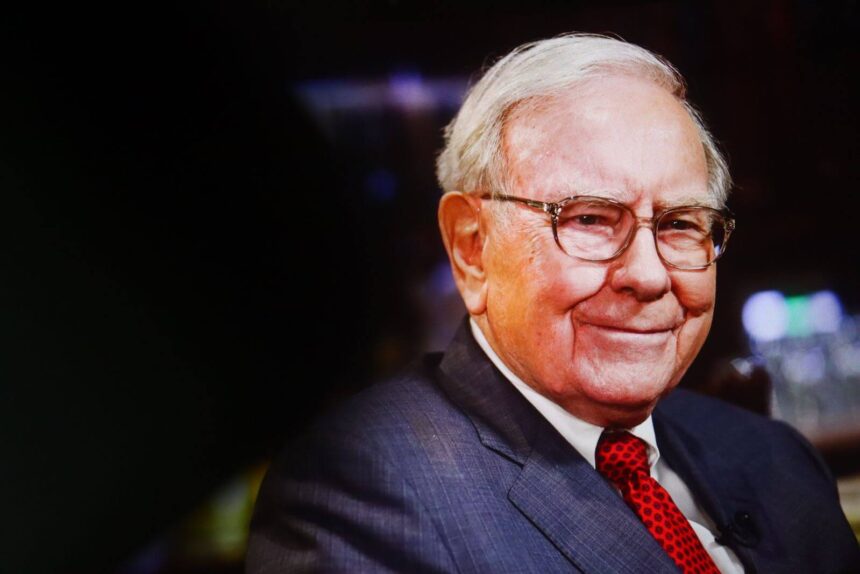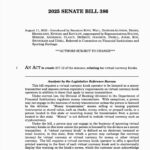A potential Nasdaq downturn will likely pull down Bitcoin, too.
Warren Buffett’s Berkshire Hathaway increased its cash reserves to approximately $350 billion by mid-2025, integrating Treasury bills and cash. This marks an all-time high for the company, making it the largest among US public firms.
But what implications does this cash accumulation hold for Bitcoin (BTC), whose price has nearly doubled in the last year to reach a record $124,500 in August?
Berkshire’s cash reserves in 2024–2025—reaching $347.7 billion (50.7% of shareholders’ equity, and 28–30% of total assets) in Q1 2025—indicate Buffett’s readiness for a potential market downturn.
Buffett has consistently increased liquidity during times of market excess, a sign that he has been fearful when others were greedy.
In 1998, he directed Berkshire to reduce stock exposure and elevate cash reserves to $13.1 billion, approximately 23% of total assets.
By mid-2000, cash peaked at around $15 billion, or 25% of assets, before Buffett lowered this position to seize bargains following the Dot-Com bubble burst.
Buffett subsequently rebuilt his cash position, with Berkshire’s cash and equivalents reaching $46.1 billion by Q1 2005, equating to 51% of shareholder equity, the highest level of that period and closest to current figures.
Cash levels remained elevated into 2007, sitting at $44.3 billion, about 29% of total assets, just ahead of the 2008 financial crisis.
Buffett’s caution seems particularly relevant in light of today’s equity valuations.
The Nasdaq’s market capitalization has soared to 176% of the US M2 money supply, significantly above the 131% peak during the Dot-Com era, as per data from Maverick Equity Research, sourced by The Kobeissi Letter.
Relative to the US GDP, the Nasdaq now stands at 129%, nearly double its 2000 peak of 70%. These unprecedented figures emphasize how drastically stock prices have outpaced both the money supply and the overall economy.
Bitcoin has experienced an upward trajectory alongside the Nasdaq, showing a 52-week correlation of 0.73. This indicates that, generally, the leading cryptocurrency moves in conjunction with tech stocks.
Berkshire’s unprecedented cash position underscores the risks present in equities and crypto, as Bitcoin tends to mirror the Nasdaq.
Nonetheless, how Buffett’s substantial cash reserves and the associated risks of the Nasdaq unfold will ultimately hinge on the rate of money supply growth.
The US M2, which monitors liquid cash and deposits, has begun to expand once more after stagnating throughout much of 2025. By July 2025, it increased by 4.8% year-over-year to $22.1 trillion, the quickest rate since early 2022, as reported by FRED data.
Earlier in the year, growth was more in line with 2.4%, indicating that momentum is gaining strength.
Globally, over 20 central banks have reduced rates in 2025, with projections suggesting the Federal Reserve may also follow suit, potentially driving annual M2 growth back toward 10–12%, as noted by economist Daniel Lacalle.
Historically, Bitcoin tends to benefit when US policymakers are compelled to expand the money supply in order to support equity markets.
This scenario unfolded post-2020, when BTC surged from $3,800 to $69,000 as global M2 inflated.
This article does not offer investment advice or recommendations. Each investment and trading decision carries risk, and readers should perform their own research before proceeding.



















